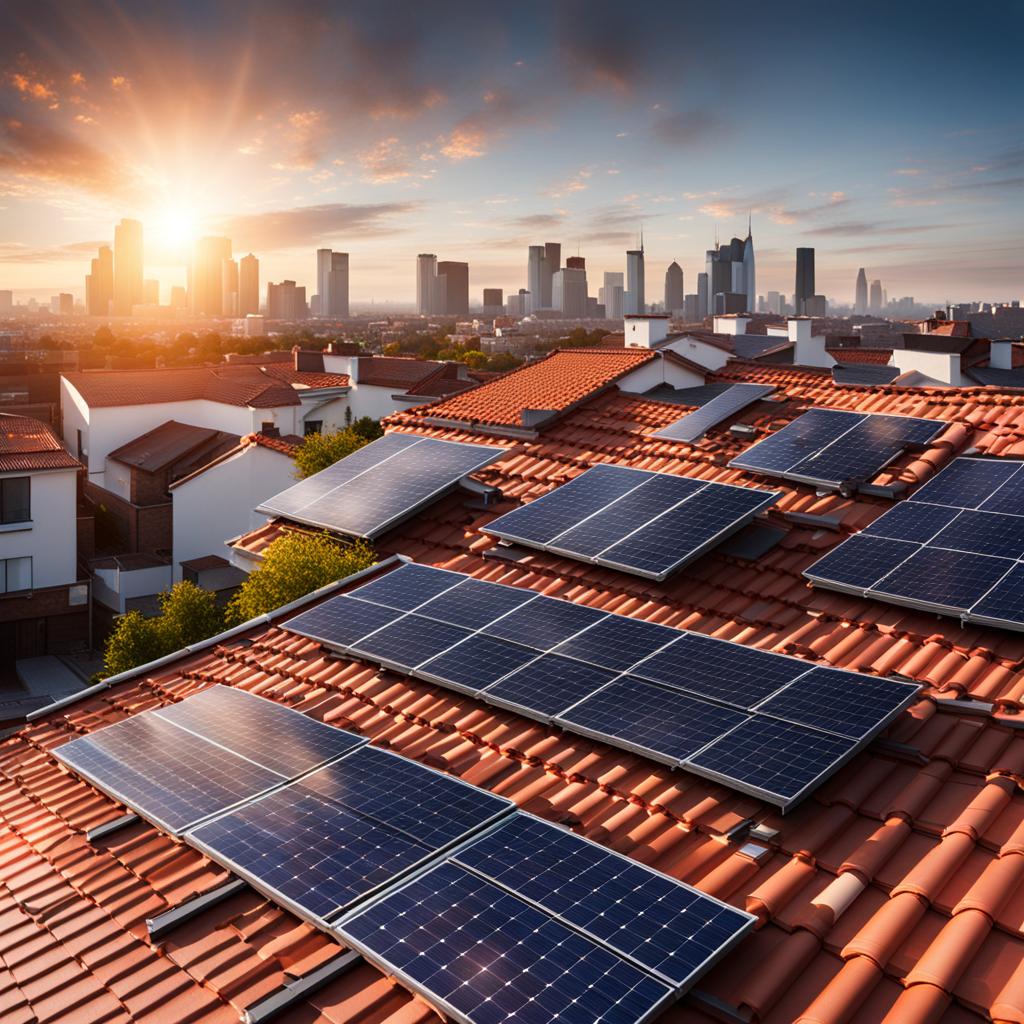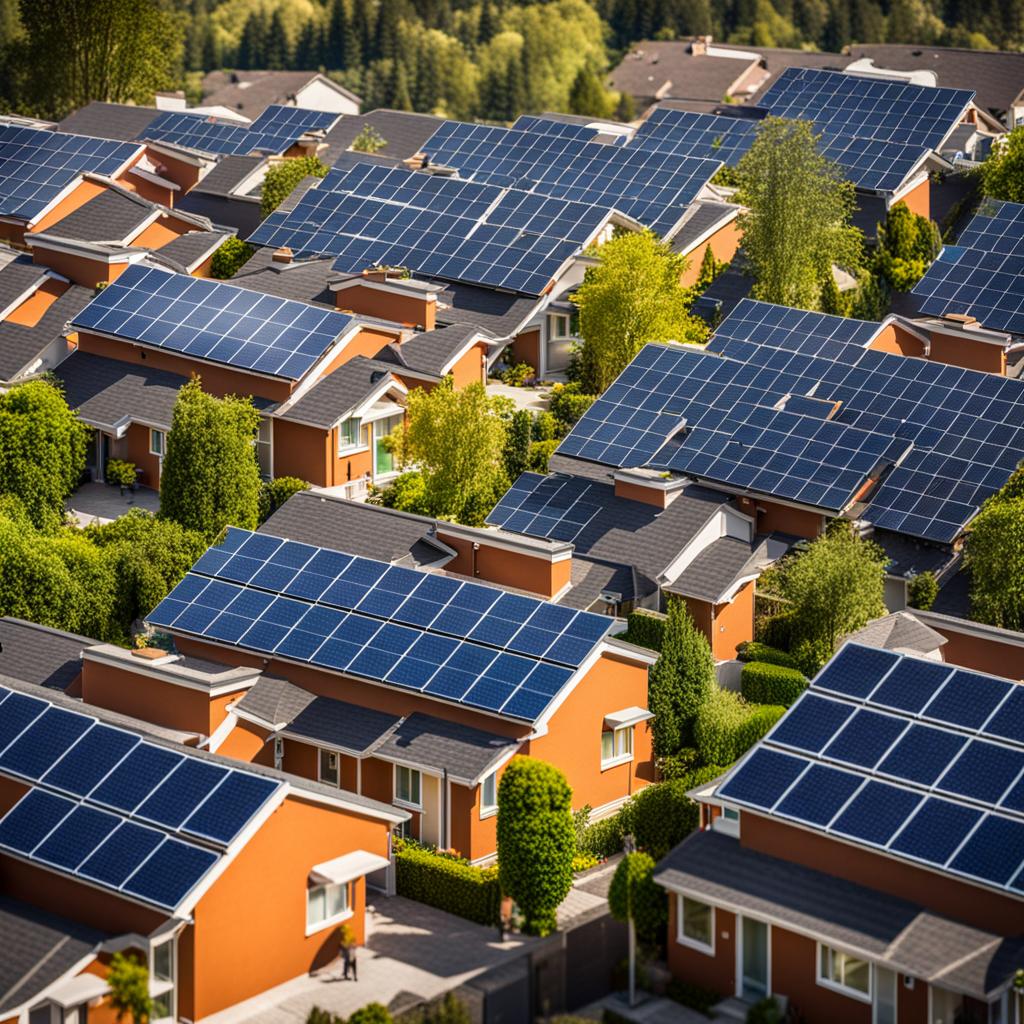For millennia, energy production has been a tale of centralisation. From roaring fire pits to colossal dams and sprawling coal plants, power generation resided far from the point of consumption, delivered through intricate networks of wires and pipes. However, a quiet revolution is unfolding on rooftops across the globe, marking a potential paradigm shift in how we produce electricity: the rise of decentralised solar power.
Unlike massive solar farms, this revolution centres on individual photovoltaic (PV) panels scattered across urban landscapes, transforming homes, businesses, and institutions into miniature power stations. This seemingly simple shift in scale carries profound implications, potentially reshaping not just our energy systems, but our entire societal relationship with power.
From Grid Dependence to Rooftop Autonomy
Traditionally, the electricity grid functioned as a one-way street. Consumers plugged in, drawing power from distant sources often fuelled by fossil fuels. Rooftop solar flips this dynamic on its head. By capturing the sun’s abundant energy on-site, buildings tap into a local, renewable resource, generating a portion of their own electricity needs. This decentralised generation empowers individuals and communities, offering a degree of energy independence previously unimaginable.
Imagine a neighbourhood in California, like Venice Beach, where over 20% of houses already boast solar panels, generating a significant portion of their local energy needs and reducing reliance on the central grid. This trend is spreading globally. In Europe, as of May 2023, Germany surpassed 3 million PV systems installed across both homes and businesses. This represents over 70 gigawatts (GW) of installed capacity, covering over 10% of the country’s electricity demand. The United States has also seen a major surge in solar adoption. Over 3 million homes in the U.S. now have solar panels, with California leading the pack with over 2 million installations.
Transforming the Grid
While rooftop solar doesn’t eliminate the need for the grid entirely, it fundamentally changes its role. Instead of serving solely as a delivery system, the grid becomes a platform for collaboration, enabling the exchange of excess solar energy and facilitating neighbourhood-level balancing.
Think of it as a peer-to-peer network, where buildings with surplus power, like a school generating over the weekend, can share it with neighbours in need, like a nearby apartment complex during peak hours, fostering community resilience and optimising resource utilisation. This dynamic grid, with two-way flows of energy and information, requires greater flexibility and intelligence. Advancements in smart grid technologies, coupled with sophisticated energy management systems, will be crucial in managing this decentralised landscape.
Beyond Energy: Economic and Social Impact
The ripple effects of rooftop solar extend far beyond electricity generation. In the United States, the solar industry employs over 300,000 people, and as installations surge, this number is expected to double by 2030. Communities with abundant solar resources, like Arizona with its 300+ sunny days, can attract businesses seeking sustainable energy solutions, further boosting local economies.
Additionally, increased reliance on local, renewable energy reduces dependence on volatile fossil fuel markets. For example, in Germany, widespread solar adoption helped shield them from the recent natural gas price hikes, offering greater price stability and protection from external shocks.

Empowering Individuals and Communities
Rooftop solar empowers individuals to take control of their energy choices. In Australia, where over 3 million homes have embraced solar, homeowners see average savings of 20-30% on their electricity bills, boosting their financial autonomy. By actively participating in energy production, individuals become stakeholders in the system, fostering a sense of ownership and responsibility.
This engagement can translate into broader participation in energy-related decisions at the community level, leading to more democratic and responsive energy systems. In India, communities are setting up “solar microgrids,” empowering villages to manage their own energy needs and fostering local leadership.
Challenges and the Road Ahead
Despite its transformative potential, rooftop solar faces challenges. While the cost of panels has dropped significantly, with solar PV module prices decreasing by 50% and the installed price of residential solar panel systems dropping by 26% over the last decade in the U.S., they can still be prohibitive for some, requiring innovative financing schemes and policy support. For example, California’s feed-in tariff program encourages residents to install solar by paying them for excess energy they feed back to the grid. Integrating a multitude of smaller, distributed generators into the grid presents technical and regulatory hurdles, necessitating grid modernisation and adaptation. Additionally, ensuring equitable access to rooftop solar is crucial, preventing it from becoming a technology solely for the privileged.
Overcoming these challenges necessitates collaborative efforts from various stakeholders. Governments can play a critical role by implementing supportive policies, like tax credits and net metering, which incentivize solar adoption. Financial institutions can offer innovative financing solutions, like solar loans with low interest rates, to make solar more affordable. Research and development efforts should focus on enhancing solar panel efficiency, reducing costs further, and developing effective energy storage solutions. Ultimately, a collective push from individuals, communities, businesses, and policymakers is essential to unlock the full potential of this decentralised energy revolution.
Conclusion
The proliferation of rooftop solar across our cities isn’t merely a technological shift; it marks a paradigm change in how we think about and interact with energy. It fosters energy independence, empowers individuals and communities, and paves the way for a more sustainable and equitable future. While challenges remain, the potential benefits outweigh the obstacles.
As we harness the sun’s energy on our rooftops, we are not just powering our homes and businesses; we are building a new energy landscape, one that is decentralised, resilient, and empowers us to chart a more sustainable future for generations to come.
Generated by Gemini from the prompt:
“Write a 2000-words essay arguing that solar energy represents a paradigm shift in energy production, as it’s the first time in human history that electricity can be produced locally, directly where it is used. The essay is not about huge solar farms, but focuses on PV panels installed inside cities, on institional/commercial buildings or private homes. Therefore the paradigm shift is about the decentralization of electricity production. Analyze what it could mean and change.“
Nota Bene: some initial figures needed to be updated and were edited either by Gemini after additional iterations or manually; external links added manually and not suggested by Gemini.
Images generated from text with StableDiffusion.
